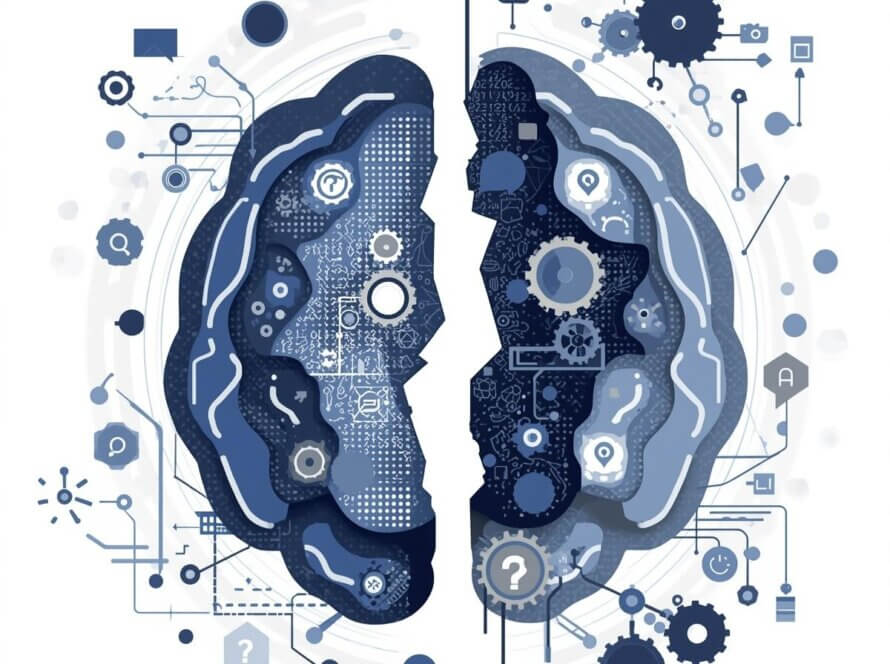Twelve months ago, a major African bank’s fraud system was a success story, catching 94% of suspicious transactions with almost no false positives.
The board celebrated, a press release went out, and the AI team got bonuses.
Today, the same system only flags 71% of fraud and is tripling the number of legitimate transactions it marks as suspicious.
Nothing spectacularly failed. No alarms went off. The model simply lost accuracy over time, and the problem didn’t surface until the quarterly review revealed millions in unexpected losses.
This is one of the trickiest realities of AI: failures aren’t dramatic. Models don’t blow up — they drift.
Performance slips quietly until the impact is large and costly. Spotting and stopping that slow decay is what separates successful AI programs from expensive disappointments.
Data Drift and the Erosion of Accuracy
AI Model performance degradation occurs when the real-world data a model encounters diverges from the data it was trained on.
A fraud detection system trained on 2023 transaction patterns cannot fully understand 2024 fraud techniques.
A customer service bot trained on last year’s product catalog cannot accurately discuss this year’s offerings.
A recommendation engine built on historical user behavior cannot predict preferences shaped by recent market changes.
This phenomenon, known as ‘Data drift and Model decay’, happens gradually and invisibly.
Unlike software bugs that trigger error messages or system crashes that demand immediate attention, model decay manifests as slowly declining performance that easily goes unnoticed.
The model continues functioning, producing predictions and recommendations that look reasonable but become progressively less accurate.
The business impact compounds over time. Early stages of decay might reduce conversion rates by a few percentage points or increase customer service resolution times slightly.
These changes blend into normal business fluctuations and escape detection. By the time performance degradation becomes obvious, months of suboptimal decisions have accumulated significant costs.
Machine learning model maintenance addresses this challenge by recognizing that AI systems require ongoing attention similar to any critical business infrastructure.
Just as physical equipment needs regular servicing to maintain performance, AI models need regular updates to stay aligned with current reality.
Also read, The Domain Knowledge Gap: Why Your AI Needs Fine-Tuning
The Context Collapse
The context problem becomes particularly acute for language-based AI systems. Models deployed six months ago do not know products launched afterward, services introduced recently, or terminology adopted since their training concluded.
They exist in a frozen moment while the business continues changing around them.
This knowledge gap creates frustrating user experiences. Customers asking about new features receive “I don’t know” responses or, worse, confident answers based on outdated information.
Support agents relying on AI assistants find themselves correcting the system more often than leveraging its capabilities.
The technology that promised to enhance operations becomes an obstacle requiring constant workarounds.
Continuous LLM fine-tuning solves this context collapse by keeping models current with business changes.
Rather than waiting for performance to degrade noticeably before taking action, ongoing fine-tuning introduces new information systematically.
Models learn about product launches as they occur, incorporate updated policies immediately, and continuously adapt to changing customer language patterns.
This proactive approach maintains model relevance without requiring complete rebuilds.
Small, targeted updates keep the system aligned with current business reality while preserving the broader knowledge that remains valid.
The Unseen Cost of Retraining
Without structured maintenance processes, organizations face an uncomfortable choice when model performance declines: tolerate degraded accuracy or invest in expensive full-scale retraining. Both options impose significant costs.
Tolerating poor performance means accepting suboptimal business outcomes. Lower prediction accuracy translates to missed opportunities, increased operational costs, and degraded customer experiences.
Organizations essentially operate with handicapped AI while paying full price for systems that no longer deliver promised value.
Full retraining represents the opposite extreme. Rebuilding models from scratch requires substantial computational resources, extensive data preparation, and significant engineering time.
The cost and complexity of complete retraining often delay updates until performance problems become severe, creating extended periods of suboptimal operation.
AI model retraining strategies based on targeted fine-tuning break this inefficient pattern. Instead of choosing between degraded performance and expensive overhauls, organizations can implement continuous update cycles that maintain accuracy cost-effectively.
Fine-tuning focuses computational resources on incorporating new data rather than relearning everything from scratch.
This approach transforms model maintenance from a periodic crisis into a manageable operational process.
Regular small updates prevent the performance cliffs that necessitate emergency retraining interventions.
Fine-Tuning as an Insurance Policy for ROI
Organizations invest substantially in AI development through data collection, model training, infrastructure setup, and integration work.
Allowing these systems to decay wastes that investment by gradually eliminating the benefits that justified the initial spending.
The parallel to physical asset maintenance is direct. Companies wouldn’t purchase expensive equipment and then skip maintenance while watching it deteriorate.
Yet many organizations take exactly this approach with AI systems, deploying models and hoping they continue performing indefinitely without ongoing care.
Data fine-tuning services provide the systematic maintenance that protects AI investments.
Regular updates ensure models remain accurate, relevant, and aligned with current business needs.
This ongoing attention preserves the competitive advantages, efficiency gains, and revenue opportunities that motivated AI adoption.
Our data fine-tuning help organizations implement sustainable maintenance practices that prevent decay before it impacts business performance.
Rather than reacting to problems after they emerge, proactive fine-tuning maintains consistent value delivery over time.
Building Sustainable AI Operations
Model decay shows that shipping an AI model is just the start.
If you treat deployment like a finish line, performance slips and value erodes.
If you treat it like the first step in a cycle, monitor, tune, repeat, you get systems that keep delivering over time.
Teams that build maintenance into their AI workflows see steady returns. Models that are left alone become slow-moving liabilities: accuracy drifts, business conditions change, and costs climb while benefits fall.
Maintenance isn’t optional overhead. It’s insurance: the small, ongoing work that keeps your AI an asset instead of an expensive mistake.




